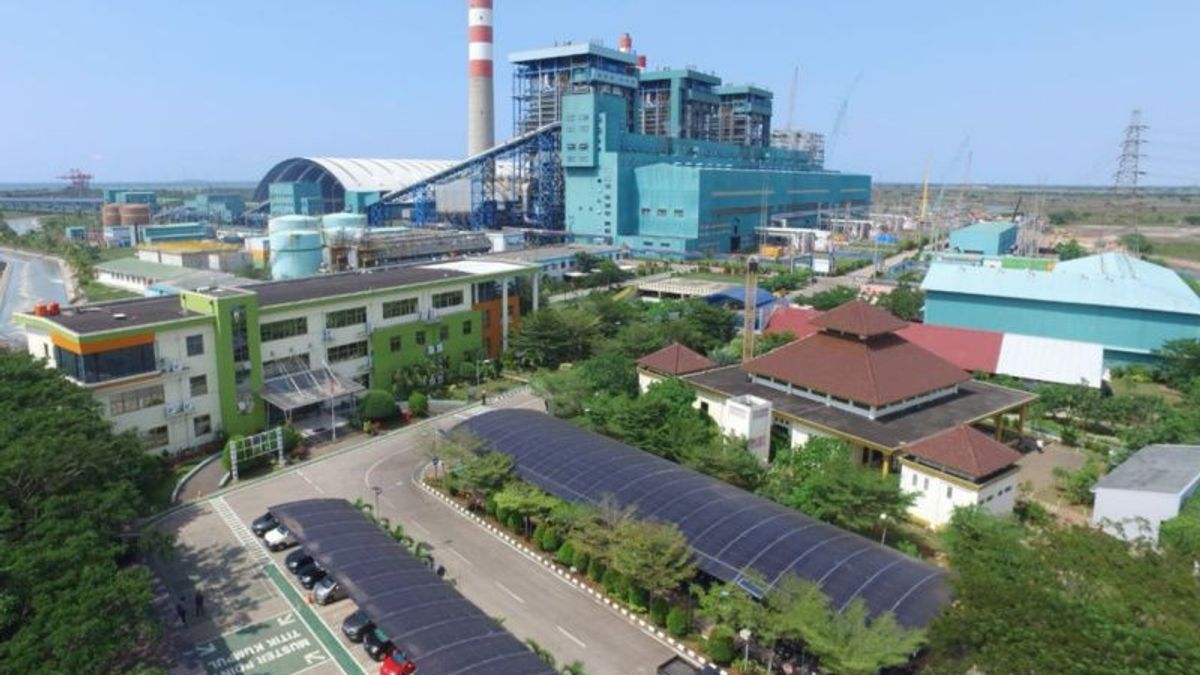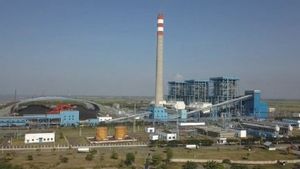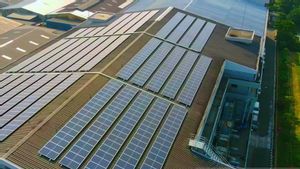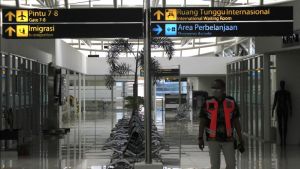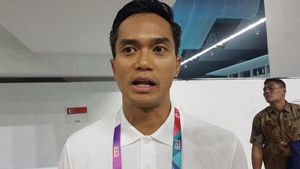JAKARTA - The latest report published by the Institute for Energy Economics and Financial Analysis (IEEFA) states that until now there is no appropriate driving factor for implementing carbon capture, utilization, and storage technology or Carbon Capture, Utilization, and Storage (CCUS) in the Asian region. Southeast.
Putra Adhiguna, the author of this report and an energy analyst at IEEFA, said that to develop a CCUS, a carbon emission valuation, public funding support, and market encouragement are needed, some of which are difficult to obtain in Southeast Asian countries.
"In this region, including in Indonesia, the CCUS project being developed focuses on gas production, and not power generation," he said in a discussion on Dissecting the Economic Value of Carbon Storage Technology for the Energy Sector, Tuesday, April 26.
He added that the government still had to do calculations so as not to rely too much on the implementation of CCS/CCUS in the electricity sector because the various commercial obstacles faced would very likely hinder its development.
"The implementation in various developed countries is still very minimal, especially for price-sensitive markets with emission control standards that are not too stringent like in Indonesia," he explained.
He continued, CCUS can work when placed in certain operational contexts, for example in countries with high carbon prices and strict regulations on emissions.
"Besides Singapore, there is almost no significant carbon price in the Southeast Asian market, while CCUS essentially imposes a 'tax' to continue to emit emissions," said Putra.
Apart from the issue of price, he continued, another main topic that dominates the discussion on CCUS in Southeast Asia is its application in processing gas. Currently, CCUS's global capacity is approximately 40 million tonnes per annum (MTPA) of CO2 captured, approximately equal to emissions from coal-fired power plants with a capacity of 7GW annually.
At more than 70 percent of existing CCUS facilities, the CO2 captured is used to increase oil and gas production.
SEE ALSO:
According to the IEEFA report, 75 percent of the planned CCUS projects in Southeast Asia aim to capture excess CO2 from processing gas that is carried away when gas is produced. The uniqueness of CCUS is its ability to be retrofitted on electrical and industrial assets that are already in operation.
"However, while people are imagining coal or gas-based power plants with little or no emissions, the current plan is going in a different direction," said Putra.
He continued, as much as more than 60 percent of global CCUS capacity is used for gas processing, not for power generation. Even today, there is only one CCUS for coal-fired power plants in operation in the world not one for gas-fired power plants.
CCUS for gas processing has been implemented since the 1970s and costs much lower than CCUS for power generation.
"What is happening in Southeast Asia is more about catching up with existing trends, especially because of the large number of CO2-rich gas reserves in the region. This is likely to anticipate potential changes in global market attitudes towards CO2-rich gas," he said.
According to Putra, with limited public funding sources, in the end, CCUS is a priority issue, given the challenges regarding costs, as emphasized in the April 2022 Intergovernmental Panel on Climate Change (IPCC) report.
"Southeast Asian countries can use CCUS to anticipate the development of carbon capture-based products in the future. However, CCUS should not distract us from implementing other cheaper and proven options to reduce carbon emissions, namely renewable energy and electricity grid integration, which must remains the center of attention towards decarbonization," he explained.
He also warned to be careful in pinning hopes on CCUS for electricity in the future, as its development may not reach a level that is easily adopted for most countries in Southeast Asia.
The English, Chinese, Japanese, Arabic, and French versions are automatically generated by the AI. So there may still be inaccuracies in translating, please always see Indonesian as our main language. (system supported by DigitalSiber.id)
